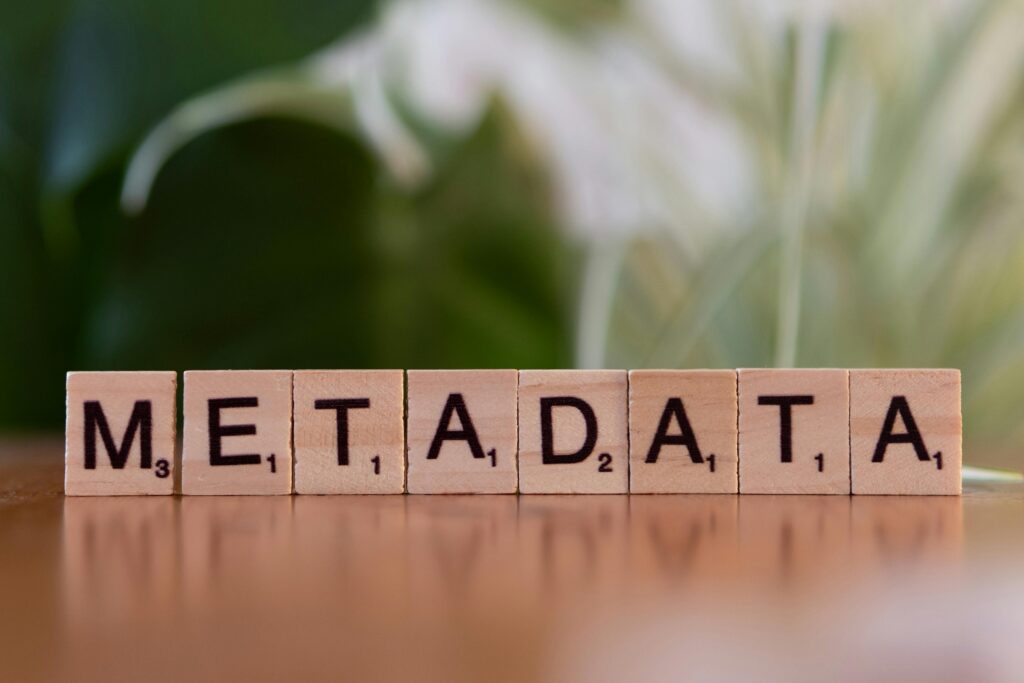Optional Growth Steps: Tools to Help You Expand — If and When You’re Ready
Disclaimer: This post isn’t legal, financial, or grant-writing advice — it’s simply an overview of tools and services I’ve explored as an independent label owner. Some of these steps may be useful if you plan to scale, but they’re not required to get started.
By this point, you’ve built a foundation: your rights are registered, your metadata is clean, your music is out in the world, and your label has a presence online.
So now what?
For many independent artists and micro-labels, that might be enough. But if you ever want to scale up — sign other artists, pursue licensing deals, or tap into funding — there are additional tools and organizations you might consider.
Let’s take a look at some of them.
Why This Stuff Is Optional (But Worth Knowing About)
These are not the things you need on day one. In fact, trying to do everything at once can be counterproductive. But as your catalog grows, or as your ambitions shift, you may reach a point where:
- You want help managing publishing worldwide
- You’re interested in applying for grants
- You’d benefit from industry connections, showcases, or mentorship
That’s where these tools can help — if they align with what you’re trying to build.
1. Join an Industry Organization
There are many music industry associations that support independent labels — with benefits like:
- Advocacy and legal resources
- Networking and industry events
- Showcase opportunities
- Access to funding and mentorship
Some examples:
- CIMA – Canadian Independent Music Association (Canada)
- A2IM – American Association of Independent Music (U.S.)
- MusicOntario, Creative BC, Alberta Music – Regional Canadian organizations
- IMPALA – For those pursuing European distribution
These organizations are particularly helpful for labels with a growing roster, export goals, or those attending industry conferences and festivals.
What I did: I didn’t join CIMA — at this point, I’m not managing a full roster or actively touring or showcasing. But I was a member of Alberta Music, and if I ever expand or want to access more industry events, I may explore additional associations.
2. Use a Publishing Administration Service (Optional in Canada)
If your label starts releasing songs that gain traction internationally, managing your global publishing royalties can become complex.
That’s where publishing admin services like Songtrust, Sentric, or CD Baby Pro Publishing come in. They:
- Register your songs in dozens of countries
- Collect royalties from foreign PROs
- Take a percentage (usually 10–15%) in exchange for administration
However, for Canadian artists, this step is usually not necessary.
What I did: I don’t use a publishing admin service. Since I’m based in Canada and registered with SOCAN (for performance) and SOCAN Reproduction Rights (for mechanical royalties), my music is already covered through reciprocal agreements with international rights organizations. That means SOCAN handles royalty collection both domestically and globally — unless a rare situation arises that would require something more specialized.
3. Apply for Grants or Showcases
In both Canada and the U.S., there are grants and performance opportunities available to independent artists and labels — especially those building new projects or exporting music.
These might include:
- Funding for album production, videos, or touring
- Showcases at music conferences (e.g., SXSW, Indie Week, BreakOut West)
- Travel subsidies for attending international events
- Artist development programs or mentorship opportunities
Canadian Examples:
- FACTOR
- Canada Council for the Arts
- Alberta Music, MusicOntario, Creative BC, and other provincial programs
Grant writing takes time, and the process can be competitive. But if you’re building a serious release plan or expanding your label’s reach, it’s worth exploring.
What I did: I haven’t pursued grants or showcases yet — my current setup is small and self-sustaining. But if I ever decide to scale or support other artists through Listening Edge Records, I may look into funding opportunities.
Final Thoughts
Not every label needs to grow — and not every label wants to. But if you’re curious about what’s possible beyond the basics, these optional steps give you room to grow when you’re ready.
To recap:
- Industry associations can expand your network and open doors
- Publishing admin services may be useful internationally (but often aren’t necessary for Canadians using SOCAN)
- Grants and showcases can help fund and promote your work
None of these are requirements. They’re tools. Use them if they help, ignore them if they don’t.
Whether Listening Edge Records stays a personal label or becomes something bigger — I know I’ve built it in a way that can scale if and when I want it to. That’s the real benefit of understanding these options early on.
Thanks for Following Along
This concludes the Setting Up a Record Label deep dive series. If you’ve been following along since Part 1 — from legal setup through to branding and growth — thanks for taking the journey.
There’s no single way to build a label. But I hope these posts have helped you figure out how to build yours — on your own terms.
Until next time,
Trevor
Listening Edge Records / Bach To Basics Inc.





